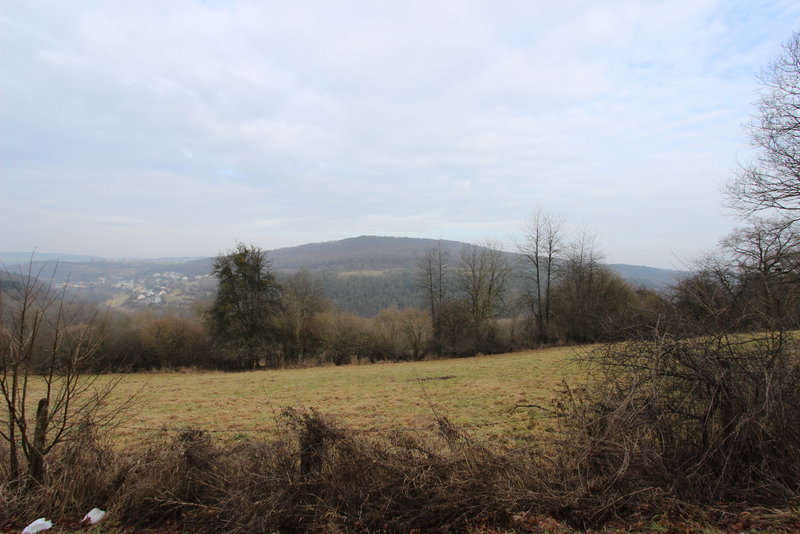If they are left to themselves, however, scrub encroachment usually sets in; in recent years alone, an average of 5,000 hectares of grassland have been converted into wooded areas. With intensive use, the areas also lose their ecological quality. The question of how not only small-scale grassland sites in difficult locations, e.g. with waterlogged soils or slopes, can be preserved and used extensively for agriculture was addressed by the research project "Nature conservation optimisation of supplying raw materials for biomass plants – optimisation and further development of biomass operating concepts taking account of the substitution of substrates by residues and materials from extensive grasslands and landscape management”. The focus is on agricultural biogas plants and the possible use of grass stemming from preserved pastures and meadows. On the basis of four representative biogas plants in North Rhine-Westphalia, Rhineland-Palatinate and Schleswig-Holstein, alternative plant concepts were investigated in a practical way - from an economic and technical point of view - and evaluated from a nature conservation perspective. The study shows an increased synergy potential between nature conservation and biogas production, especially at sites with an above-average, nature conservation-related value of the grassland and a comparatively low intensity of use. This is because the use of landscape grass for biogas production proves to be technically possible and economically viable. Even the use of small quantities of landscape grass can improve the operating result of a biogas plant.
The details can be found in
Noll, F.; Wern, B.; Peters, W.; Schicketanz, S.; Kinast, P.; Müller-Rüster, G.; Clemens. D.: Naturschutzbezogene Optimierung der Rohstoffbereitstellung für Biomasseanlagen. Endbericht im Projekt BiogasNatur, BfN-Skripten 555, 2020

